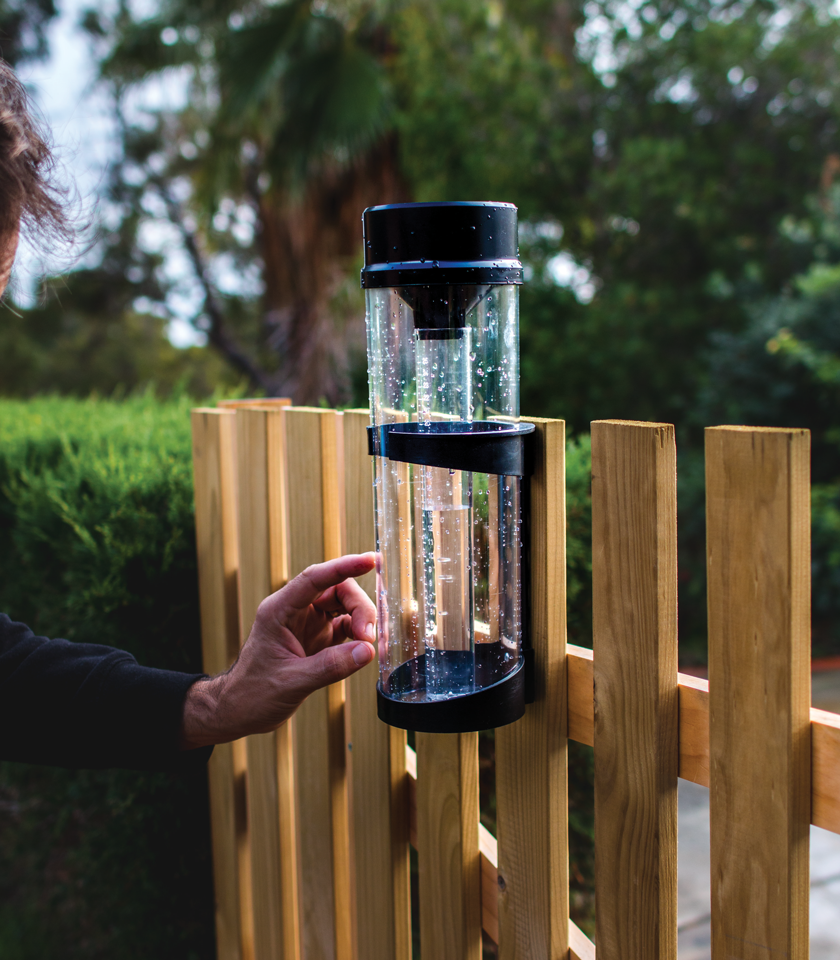Revealing the Science Behind Rain Evaluates: Just How These Gadgets Play a Critical Role in Climate Research Study and Environmental Surveillance
Rain evaluates, apparently easy tools, hold an extensive significance in the realm of climate study and ecological surveillance. These unassuming tools quietly gather one of nature's most essential components-- rains. Yet, behind their unpretentious exterior exists a complicated scientific research that is important for recognizing the dynamics of our setting. As we peel off back the layers of this scientific shroud surrounding rainfall evaluates, we discover a world where accuracy, information precision, and meticulous monitoring merge to reveal a much deeper understanding of our changing environment and its effect on the world.
Significance of Rain Gauges
Rain evaluates play a vital function in monitoring and gauging rainfall degrees, giving necessary data for climate research and evaluation. These gadgets are fundamental in evaluating the quantity of rainfall that occurs in a particular area over a particular duration. By gathering and measuring rainwater, rain determines deal important understandings into the distribution and strength of precipitation, assisting meteorologists, hydrologists, and climatologists in recognizing weather patterns and patterns.
One of the key factors why rain determines are vital is their ability to supply local and accurate data. Unlike satellite or radar-based measurements, which supply wider monitorings, rainfall determines offer specific information certain to the location where they are positioned. This localized information is vital for different applications, consisting of flood projecting, drought surveillance, and water source administration. Furthermore, long-term information collected from rain assesses aids in assessing climate modification influences and patterns, contributing substantially to clinical research and decision-making procedures. Basically, rainfall evaluates function as necessary tools in the field of weather forecasting and environmental scientific research, playing a vital duty ahead of time our understanding of weather and climate characteristics.
Sorts Of Rain Scales

Capability and Procedure
In the realm of environment research study and atmospheric researches, the efficiency of rainfall assesses lies in their intricate capability and specific functional mechanisms. Rainfall evaluates are made to precisely measure the amount of rainfall that drops over a details area throughout a collection duration.
The functionality of rainfall gauges is based on the concept of measuring and accumulating rainwater in a standardized fashion. This accumulated data is vital for comprehending local weather condition patterns, tracking long-term environment trends, and examining ecological impacts. To make sure exact measurements, rainfall gauges requirement to be purposefully positioned in open locations far from blockages such as buildings or trees that might disrupt the collection procedure.
The operational facet of rain evaluates includes normal upkeep to avoid debris accumulation, calibration checks to keep dimension precision, and information recording for evaluation (rain gauge). Overall, the performance and procedure of rain determines a fantastic read are vital for collecting reliable precipitation data crucial to climate research and environmental monitoring
Role in Climate Research
Provided the essential relevance of exact rainfall measurements in recognizing climate patterns and environmental impacts, the function of rain evaluates in climate research study is vital. Rainfall assesses give important data for environment study by quantifying the quantity of rainfall that falls over a particular area throughout a provided period. This information is important for monitoring lasting click here to find out more fads in precipitation patterns, analyzing the influence of environment modification on rainfall distribution, and improving environment versions.

Climate scientists utilize information gathered from rain gauges to analyze variants in precipitation degrees, identify local climate fads, and examine the effectiveness of water source management approaches. By contrasting historical rainfall data with present dimensions, scientists can spot changes in precipitation patterns, such as adjustments in the frequency or intensity of rains events. This details is important for recognizing how climate adjustment is influencing rainfall characteristics and can help policymakers make educated decisions concerning adjustment and reduction approaches.
Applications in Environmental Tracking

In flooding forecasting, rain gauge data helps to track rains strength and circulation, enabling authorities to provide prompt cautions and take necessary measures to alleviate flood risks (rain gauge). Drought surveillance counts on rainfall gauge data to examine moisture levels in the soil and track precipitation deficiencies, helping in the recognition of drought-prone locations and the application of drought feedback methods
Additionally, rain gauge information plays a crucial role in water source administration by providing info on water accessibility and usage fads. This data is made use of to make educated decisions pertaining to water allowance, conservation actions, and sustainable water source planning. Furthermore, in farming, rain gauge information assists farmers in enhancing watering schedules, plant choice, and overall farm management techniques based on regional precipitation patterns. Generally, rainfall assesses are vital tools in ecological surveillance, supplying important insights that add to notified decision-making and lasting resource administration.
Conclusion
In final thought, rain assesses read the full info here are crucial devices for determining rainfall, providing valuable data for climate research and environmental tracking. With numerous kinds and performances, rainfall evaluates play a vital duty in recognizing rainfall patterns and their influence on the setting. By properly determining rainfall, these devices add to the innovation of clinical understanding and help in making informed choices associated to water source management and calamity preparedness.
Rainfall assesses play an important function in tracking and gauging rainfall levels, giving vital data for environment study and evaluation. The common rainfall scale, known as the "tipping bucket" gauge, is one of the most commonly made use of tools. Ultrasonic rain assesses usage sound waves to detect the existence of rainfall, supplying real-time data on rainfall levels.Environment researchers make use of data collected from rainfall gauges to assess variants in precipitation degrees, identify regional environment fads, and examine the effectiveness of water resource monitoring techniques.In conclusion, rainfall evaluates are important tools for measuring rainfall, giving useful data for climate research study and ecological tracking.